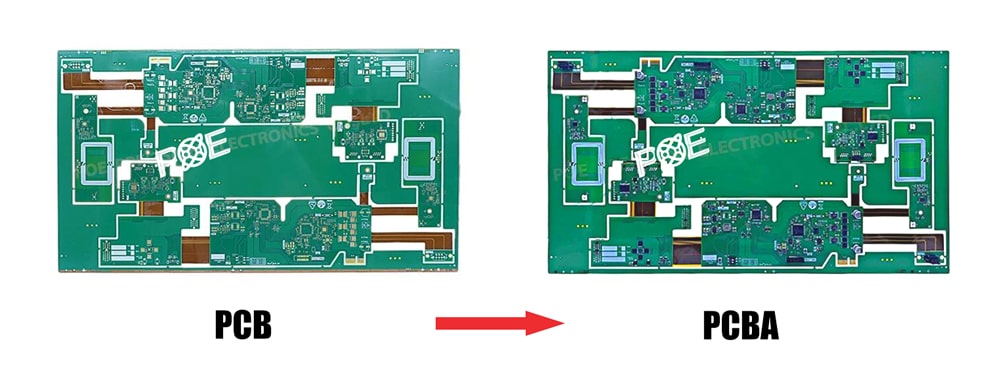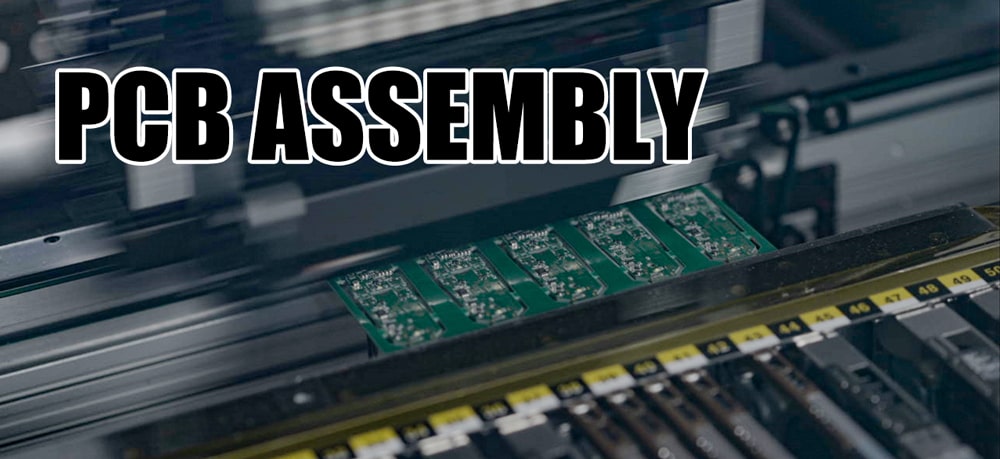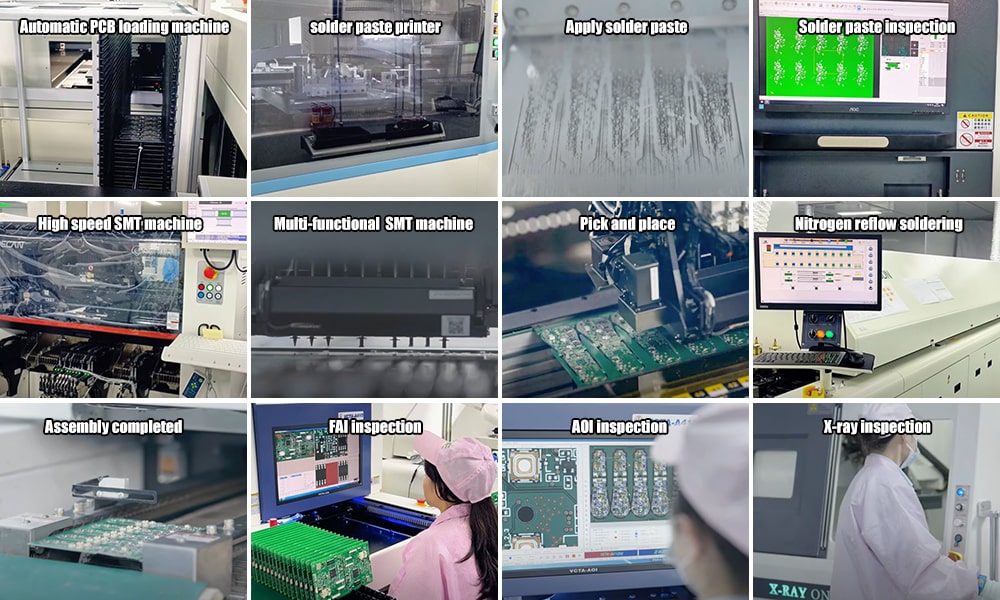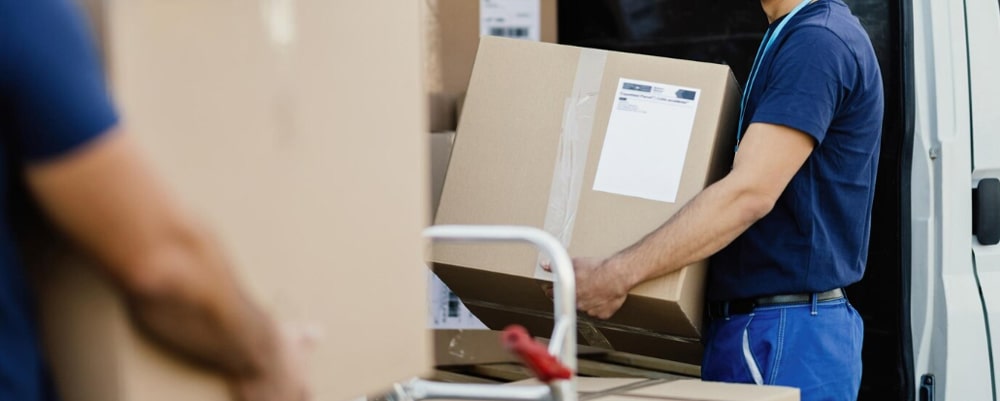PCB Assembly: A Comprehensive Guide
21 January 2025
Views: 1929
PCB assembly is very important for smart products. PCB assembly integrates corresponding components onto the printed circuit board according to the functional requirements of the product to realize the function of the product. The assembly process of PCB directly affects the quality, performance and life of electronic equipment. This comprehensive guide will cover various issues related to PCB assembly.
1.What is PCB Assembly?
The abbreviation of PCB assembly is PCBA. There is no component on the bare PCB that is not functional, and PCB assembly is to install the specified components onto the exposed PCB to make the PCB functional.

2.PCB Assembly and Manufacturing
PCB assembly is a critical step in the production of intelligent products. Without PCB assembly, the product remains a bare PCB lacking any functionality.
PCB assembly processes are categorized into two types: Surface Mount Technology (SMT) and Through-Hole Technology (THT). SMT offers higher efficiency and is suitable for large-scale PCB assembly, enabling better miniaturization and handling of high-density electronics. Conversely, THT facilitates easier desoldering and replacement, provides stronger mechanical strength, and is suitable for small-scale PCB assembly production.
3.PCB Assembly Technologies
1.Surface Mount Technology PCB Assembly
Surface Mount Technology (SMT) is one of the most commonly used methods for PCB assembly. In SMT assembly, electronic components' pins are directly mounted onto the surface of the PCB. The key advantages of SMT are its high efficiency, strong miniaturization capabilities, and suitability for high-density electronic designs.
2.Through-Hole PCB Assembly
Through-Hole PCB Assembly is another common PCB assembly technique. Through-Hole assembly involves inserting the pins of components into pre-drilled holes on the PCB and soldering on the other side. This method is suitable for larger electronic components or applications that require withstanding higher pressure or vibration. One of the advantages of through-hole assembly is its ability to provide stronger mechanical stability and reliability. However, it is relatively more time-consuming and expensive compared to SMT, as it additional hole drilling and manual soldering steps.
3.Flexible PCB Assembly
Flexible PCBs are a special type of PCB that can be bent, requiring a different approach to assembly compared to regular PCBs. While the assembly process for flexible PCBs uses SMT and THT technologies similar to regular PCBs, the surface of flexible boards is not flat, necessitating the use of additional tools to locate and secure the flexible PCB for smooth assembly. Additionally, before reflow soldering, flexible PCBs require rapid preheating baking at temperatures around 225° to 250°F within one hour to ensure dryness, as flexible PCBs are more prone to moisture absorption compared to rigid PCBs.
4.Low volume pcb assembly and high volume pcb assembly
PCB assembly can be performed in Low volume or high volume based on demand. Low volume production is more suitable for specific custom products or early-stage production that may still require iterations.
High volume PCB assembly is suitable for rapid delivery and production of mature products. Large-scale production utilizes automated assembly lines, significantly improving production efficiency, and as the production quantity increases, the cost decreases accordingly.
4.PCB Assembly Process
PCB assembly comprises nine distinct processes:
1.Component Procurement: Procuring components based on the provided schematic and Bill of Materials (BOM) from the customer.
2.Preparation of Bare PCB: The PCB remains unassembled, featuring only copper traces and pads.
3.Solder Paste: Applying solder paste to the designated areas on the circuit board where components will be placed.
4.Component Placement: Utilizing a pick-and-place machine to automatically position components onto the PCB.
5.QC before Oven: Conducting quality control checks before transferring the PCB to the reflow oven, ensuring compliance with required standards.
6.Reflow Soldering: Employing the reflow soldering process to solder components onto the pads.
7.Testing: Conducting various tests such as prototype testing, functional testing, environmental testing, reliability testing, online testing, basic functionality testing, automated optical inspection (AOI), X-ray testing, and RoHS testing.
8.Quality Control: Performing final inspections before proceeding to the next step to ensure product integrity.
9.Packaging: Packaging the finished PCB assembly using anti-static materials and arranging for transportation.
5.How to ensure high-quality PCB assembly?
1.Component Selection:Choosing components from reputable brands greatly contributes to the quality of PCB assembly. Collaborating closely with trusted suppliers ensures the provision of high-quality components for the assembly process. POE's procurement team maintains long-standing partnerships with global component distributors such as Digi-Key, Mouser Electronics, Avnet, Arrow Electronics, Future Electronics, Newark, and more. This enables us to obtain the most favorable prices and expedite the procurement of all required components for our customers.
2.Implementing Strict Quality Control Measures:Rigorous quality control measures are essential in PCB assembly. To ensure quality, visual inspections, prototype testing, functional testing, environmental testing, reliability testing, online testing, basic functionality testing, automated optical inspection (AOI), X-ray testing, RoHS testing, and other methods are indispensable.

3.Design for Manufacturability (DFM):DFM helps engineers identify various factors that may arise during the production process, such as material selection, processing methods, and assembly issues, during the product design stage. By utilizing DFM techniques, product quality and reliability can be enhanced while reducing production cycles and costs. DFM enables early identification and prevention of potential issues, ultimately improving the overall quality of the PCB assembly.
6.How to Achieve Fast PCB Assembly
Streamlining the PCB assembly process:
1.Early detection of design issues through Design for Manufacturability (DFM) helps facilitate smooth subsequent work, contributing to fast PCB assembly.
2.Simplifying the PCB assembly process includes efficient material management. Companies equipped with a robust inventory management system ensure timely delivery of required materials, simplifying the time spent on component procurement.
3.Another aspect of simplifying the PCB assembly process is selecting a one-stop service company. One-stop services encompass PCB manufacturing, component procurement, PCB assembly, packaging, transportation, and more. By opting for a one-stop service, you can streamline your process, collaborating with us on a single timeline instead of dealing with 3 or 4 different companies and their respective schedules. This reduces time and enables faster PCB assembly.
4.Automated Surface Mount Technology equipment reduces the need for manual operations and minimizes the risk of errors, greatly enhancing PCB assembly efficiency. In addition to SMT, automated inspection systems ensure both efficiency and quality.
5.In today's rapidly evolving technology market, shortening the time to market is crucial. It not only speeds up market entry but also enables rapid data collection and iterative upgrades during market deployment. Fast PCB assembly is a future development trend in this context.
7.What is the price of PCB assembly?
PCB assembly = manual PCB assembly cost + bare PCB manufacturing cost + component cost only (no any component cost or any handling fee);
The cost can vary depending on the specific requirements of each order. If you would like to know how much it would cost to assemble your PCB, please contact us to all@poe-pcba.com obtain a quotation.

Email: all@poe-pcba.com










